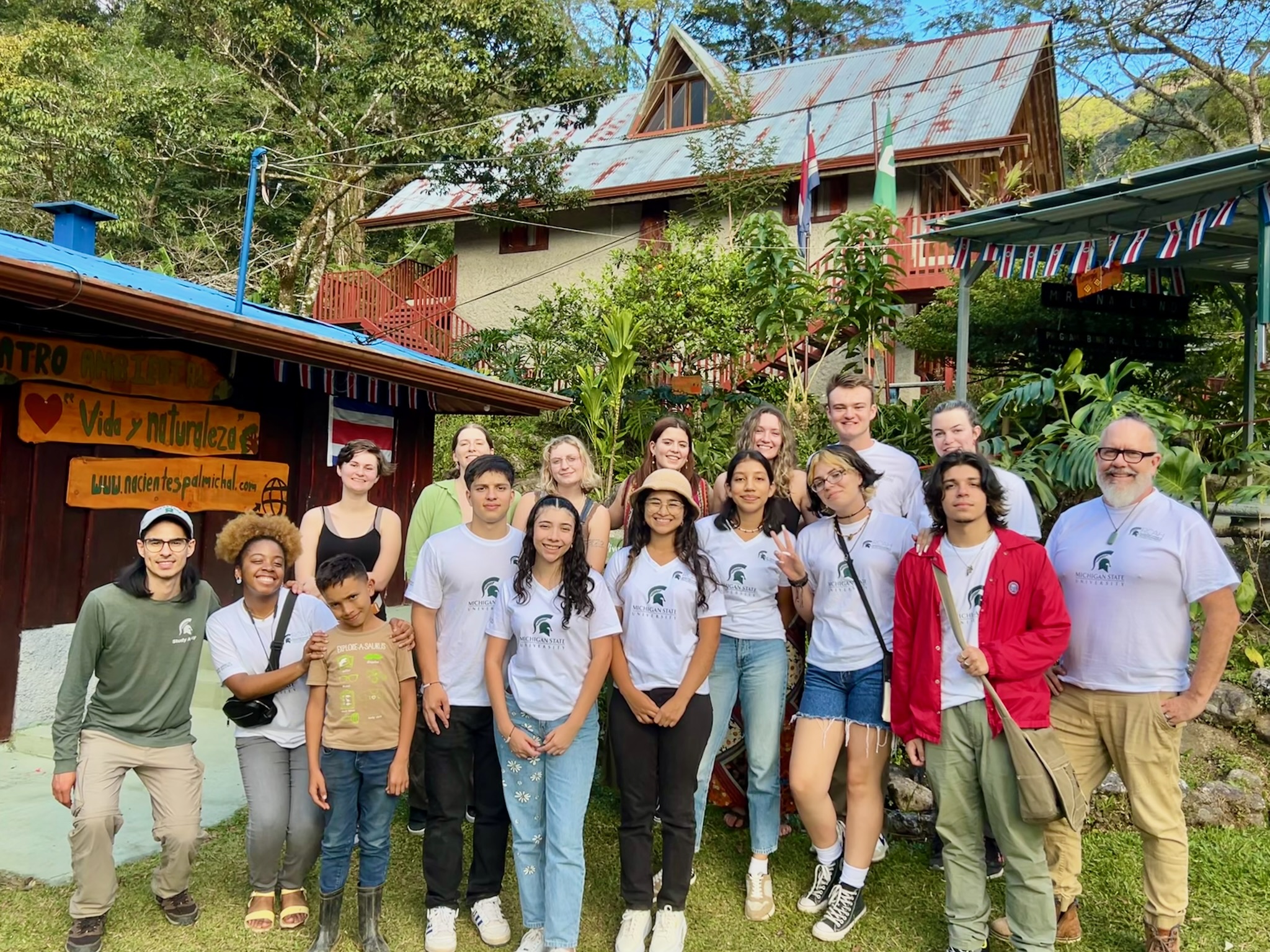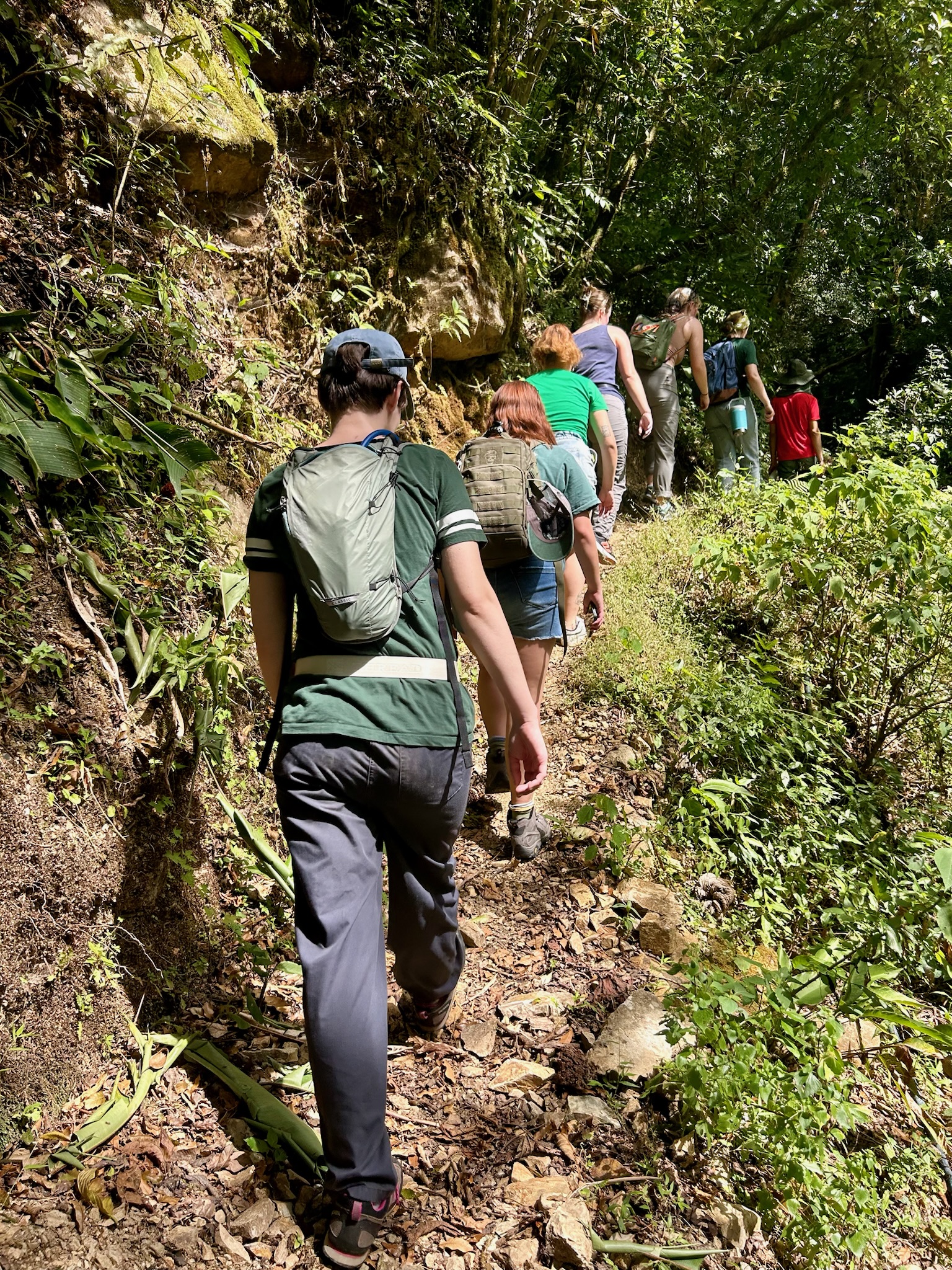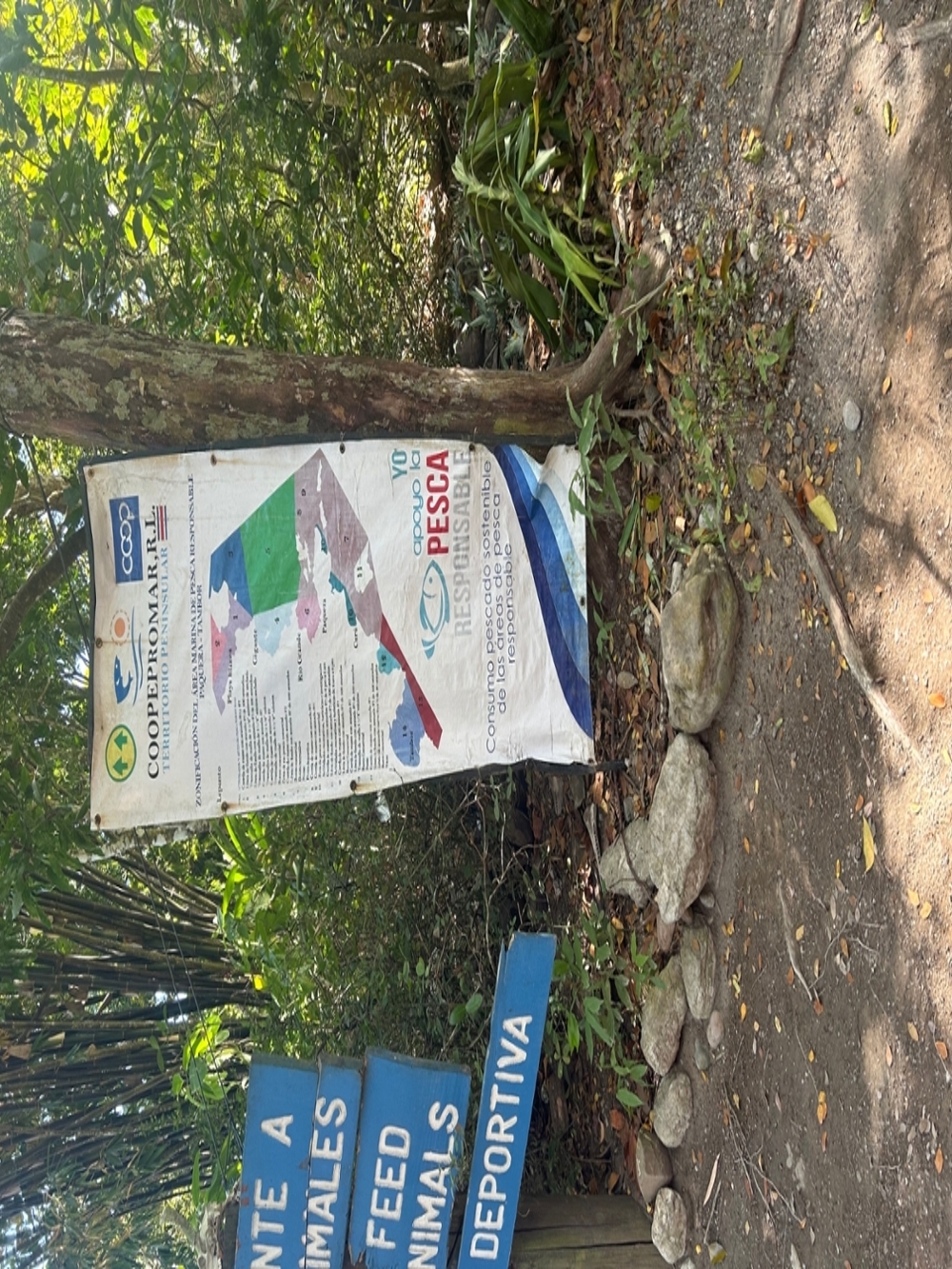A Short Study Abroad Trip. Lifelong Relationships as a Result
February 8, 2024
- RCAH Communications Intern Jess Watley '27 took a trip to Nacientes Palmichal, Costa Rica, and shares her experience
- The education abroad program is part of the new Design Justice minor
- “The relationships I made with my classmates, the founders and families of the reserve, and the lifelong bonds with the youth of Palmichal are something I will never forget,” she writes

Since 2013, students from Michigan State University’s Residential College in the Arts and Humanities (RCAH) and the College of Engineering (EGR) have collaborated on community-based design projects. RCAH Communications Intern Jess Watley ’27, a dual major in Environmental Studies and Management at Lyman Briggs College and arts and humanities in RCAH, recently went to Costa Rica as part of the Design Justice course.
By Jess Watley ’27, RCAH Communications Intern
In December 2023, my classmates and I took a trip to Costa Rica as a part of our course, RCAH 203 Transcultural Relations through the Ages: Design Justice. During the fall semester, the class focused on youth identity and community engagement.
The duration of our class time was about planning for this trip. We discussed the ins and outs of what we wanted the class focus to be, which is how we came up with our theme: “How can we use the connection to nature, along with arts and culture, to motivate opportunity and a sense of identity to the youth in Palmichal?”
We left for Costa Rica a week before Christmas. Upon arrival, the nine of us toured San Jose briefly, then headed up the mountains to Palmichal and the reserve, riding in on the van that became our only transportation for the week. The area is surrounded by mountains, with beautiful landscapes to explore.
During our week there, we collected data from the Palmichal youth and senior community members to determine exactly how we could answer our semester’s theme and help bring “a sense of identity to the youth in Palmichal.” This process, I learned in the course, is known as “Design Thinking.” For us, Design Thinking involved talking with elder members of the community about their hopes and wishes for the youth and, more importantly, collaborating on workshops with local young people themselves about what they felt they needed.
A key part of our work on the ground in Costa Rica was supporting the various activities that resulted from ideas of the Palmichal youth. They cited connection and self-esteem issues as problems for their age demographic, and it was our job to work together to design sustainable structures that support their mental health. For example, we used grant money we were given to construct a community engagement center that would function as a nonprofit organization to develop young people’s potential and support their interpersonal relationships.
Our efforts in Palmichal were focused on creating a culture that might nip some of the brain-drain in the bud to stem the loss that occurs when older teens feel the need to move away. Often, these teens leave the region for the hope of better lives and often never return. But in addition to preservation, the town has a new focus on fostering community cohesion, and maintaining the local environment.
As a result of that, this trip made me aware of aspects of myself I didn't even know were dormant.
You can connect with Mother Nature and your humanity through this experience, which helps you find a newfound feeling of peace that comes with immersing yourself in another culture. The relationships I made with my classmates, the founders and families of the reserve, and the lifelong bonds with the youth of Palmichal are something I will never forget.
Palmichal youth with students, flying our paper plane prototypes. Photo by Jess Watley ’27
Along with this crucial community engagement work, we were in Costa Rica–where the national catchphrase is “Pura Vida.” So, of course, there was play. The group and I went on restorative hikes, took tours of the land, visited beaches, and spent plenty of time in what I’m sure is the clearest water I’ll ever see.
“Pura Vida,” to Costa Ricans, is about living well and enjoying life, which essentially means having fun. The way they live life with their balance of work and play is inspirational.
Acosta–where the reserve is located–is a mountainous region, and we hiked nearly every day. And those mountains are steep! The flora and fauna were stunning, and during these hikes, we learned about the history of the locale.

We went on several tours, which turned out to be a significant highlight. After plenty of winter days in Michigan, you appreciate the sunshine of a summer day in Costa Rica. We strolled about the town and saw the different ways people live life there. We shared a genuine elation in waking up to the sound of chickens bantering, and in falling asleep to the sound of dogs muttering. There were plenty of little things to appreciate about the Costa Rican lifestyle.
The history of the land is also something to appreciate. We toured beaches and islands along the coast of the Pacific Ocean, including Curú e Nicoya. This island is another reserve, located a short boat ride from Palmichal. The land is privately owned and passed down through generations, with a focus on sustainable agriculture and forest management, and we had the pleasure of exploring it.

Here I saw amazing nature-to-human connections that I'd never seen before: the animals with the people, the people with the plants, and the people with the water. I’m reminded of the longer version of a tattoo I have—“Befriend the sun, get dirt on your hands, drink water, eat plants, see the beauty of it all and know that you are nature, too.” My tattoo features the line, “Know that you are nature, too.” which–like Costa Rica did–reminds me that we are all one.
Throughout all of our journeys in Costa Rica, the biggest lesson I took away was that of community. Through the Design Thinking process, I learned that engagement with community can take a particularly personal form of leadership. In Costa Rica, working in collaboration with such amazing individuals, I realized that community engagement is what my heart is in. The passion that connecting with anyone through nature brings me is incomparable. To me, that is the true definition of community engagement: raw connection through any medium.
That is Pura Vida—what Costa Rica is all about.

